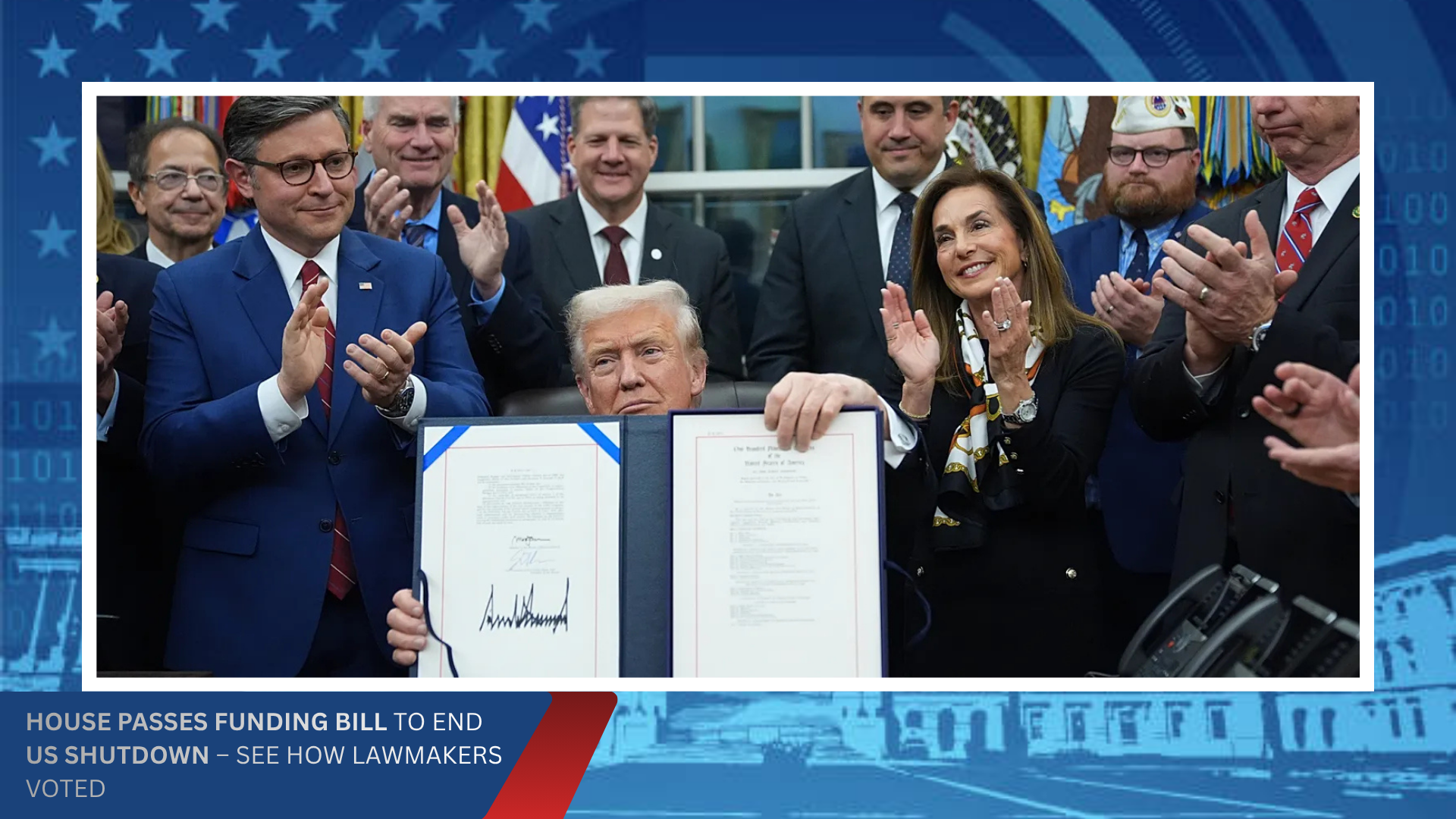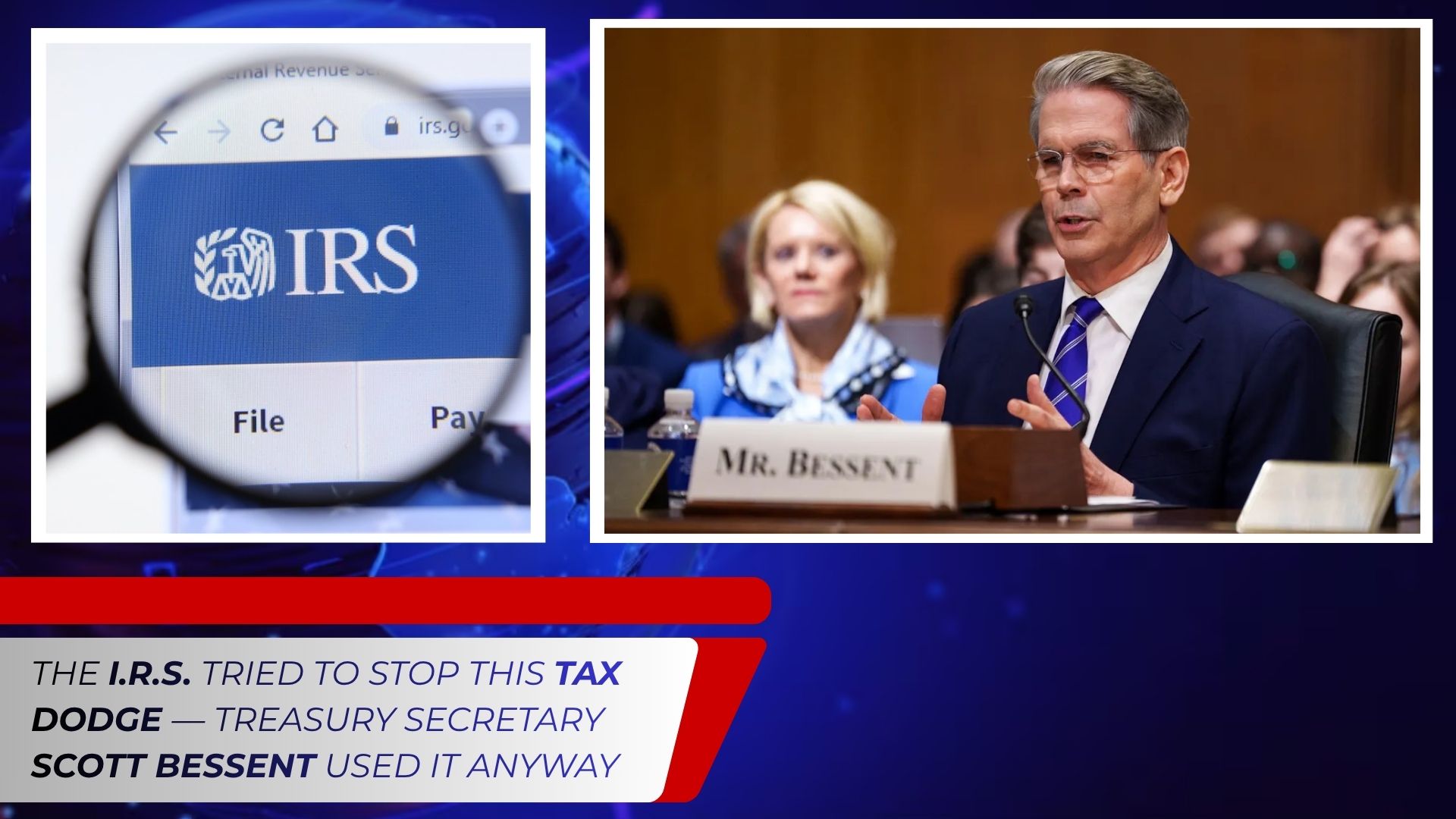From Defense to War: Trump’s Pentagon Rebranding
It was more than a nameplate swap. By ordering the Department of Defense to be referred to as the “Department of War,” former President Donald Trump attempted to recast the United States’ military identity in sharper, harder terms. Whether or not Congress ultimately codifies the change into law, the move announces a posture: less euphemism, more edge.
The original Department of War existed until the great post-World War II reorganization that birthed the modern Pentagon. “Defense” suited the long Cold War: a vocabulary of deterrence, containment, and alliances. “War” is older—spare and blunt. The reintroduction of that word functions as political branding and strategic signaling, a message to allies and adversaries about how this White House wants the public to imagine force.
What the Name Signals
Language shapes expectations. “Defense” implies fortification and restraint; “War” centers initiative and dominance. Supporters say candor matters: call things what they are, and build a military prepared to win quickly, not manage slowly. Critics see a rhetorical escalation with potential to narrow the space for diplomacy and widen the aperture for open-ended conflict. Both readings concede one point: words are not neutral in national security.
Optics weren’t the appetizer; here, optics are the policy. The label is meant to do work in the world.
The order’s practical effects are limited without congressional action—cabinet departments are statutory. But symbolism has inertia. Websites can be updated; seals and headers can be adjusted in internal communications; senior officials can adopt the language in speeches and briefings. In Washington, this is how new baselines form: repetition first, statute later.
The Legal & Legislative Path
For a formal renaming, Congress must amend existing law. That process will test appetites on both sides of the aisle: are lawmakers comfortable writing “War” back into the federal code, or will they insist the current title remain? Expect hearings that frame the question as a referendum on national character as much as on bureaucracy.
What to watch on the Hill
- Committee signals: Which committees schedule hearings and how quickly?
- Budget riders: Do appropriations include funds for rebranding—or forbid them?
- Coalitions: Do veterans’ groups, military families, and think tanks line up for or against the shift?
Costs and Friction
Changing a cabinet title isn’t free. Signs, seals, stationery, digital assets, base gateways, badges, and global posts all carry the old identity. Even with phased transitions, the bill isn’t trivial. More importantly, every hour spent swapping plates is an hour taken from other priorities. Proponents argue cost is a rounding error in a multi-trillion-dollar budget and that clarity of purpose is worth it. Skeptics counter that readiness, housing, and health care for troops should outrank branding.
Strategy Behind the Symbol
The renaming arrives amid a broader push to project decisiveness: accelerated strikes when red lines are crossed, louder deterrence in contested regions, and more assertive rhetoric about “winning.” The point is not merely aesthetic. A “war” frame makes certain tools more politically legible—surge posture, stockpiles, industrial mobilization—while potentially crowding out diplomatic off-ramps that flourish under “defense.”
The World Is Listening
Allies will parse the label for clues about burden-sharing and red lines; adversaries will read it for thresholds and resolve. A “War” department can be read as credible toughness—or as domestically focused theater. The answer will turn on what follows: deployments, exercises, industrial investments, and the speed of decision-making in crisis.
Receipts Over Rhetoric
Ultimately, the measure of this move is not the font on the letterhead but the capabilities behind it. Three practical yardsticks will reveal whether the name signals change—or merely narrates it:
- Industrial Capacity: Are munitions and air/missile defenses replenished at scale? Does the defense-industrial base add lines, workers, and suppliers fast enough to meet planning assumptions?
- Force Readiness: Do aviation hours, ship maintenance backlogs, and deployment cycles improve, indicating a force more ready to fight and win?
- Decision Speed: In real crises, does the National Command Authority act more quickly and coherently, with coalition cover where needed?
History’s Echo
America has toggled between languages of restraint and resolve. After 1949, “Defense” carried the country through nuclear brinkmanship, proxy wars, and counterterrorism. Earlier eras used “War” without apology. The present turn borrows the older diction while facing newer problems: cyber domains, gray-zone coercion, AI-accelerated targeting, and deterrence that must span space as well as sea lanes.
Bottom Line
Renaming the Pentagon’s parent department is a gambit in narrative power. It tells voters that hesitation is out and decisive strength is in. It tells the bureaucracy to talk like winners, plan like winners, and spend like winners. Whether it reshapes outcomes depends on budgets, production lines, and leadership when the clock runs hot. If those move, the name will have described a real shift. If they don’t, it will be another loud headline stapled to the same machine.
If the next era is defined by who can mobilize fastest, the most consequential instrument isn’t a word—it’s a signed contract, a staffed production line, and a ship leaving dry dock on time.
Editor’s note: This article follows Atlantic Insider’s Webflow standard: inline styles only, clean semantic markup, and no embedded scripts. For background, consult mainstream reporting and primary documents related to the renaming initiative.




.png)



